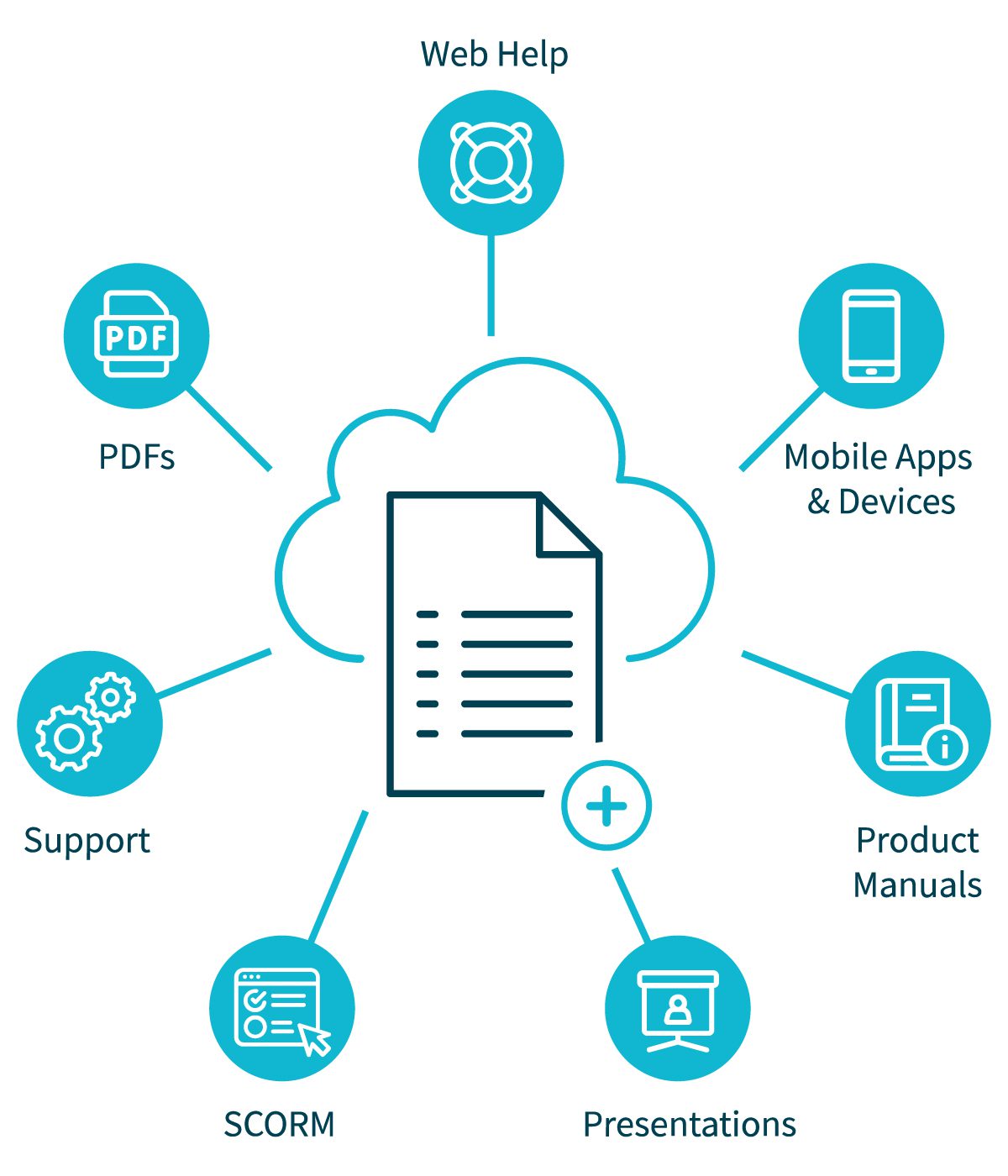En 82079: How technical writers can integrate the latest Information for Use standard
Have you ever wondered which batteries to put in your smoke detector, or whether a new shirt can go in the dryer? Your first instinct was probably to look for a product label.
Thanks to the international standards set out in IEC/IEEE 82079-01 (or en 82079 for short), these all-important instructions are usually straightforward and familiar. For technical writers, understanding these standards is extremely important.
In this post, we’re going to cover the following topics:
What is en 82079?
En 82079 is a set of international standards for preparing products’ Information for Use, often as required by law. The standard covers structure, language, quality, processing, media and formatting.
What is Information for Use? It’s any and all information related to the safe and efficient use of a product, whether it’s a t-shirt or a lawn mower, at every stage in a product’s life cycle: transportation, assembly, installation, operation, maintenance, repair and disposal.


How is the newest version of en 82079 different from the old version?
En 82079 was released in 2019, replacing the old 2012 standard. There are several major updates in the 2019 version, including:
Compliance: En 82079 clearly describes how organizations can claim compliance with Information for Use requirements.
Information vs. instructions: The term “Information for Use” has replaced “Instructions for Use,” since the standard covers a much broader range of topics, including product descriptions and reference material.
Information management process: The standard includes a separate set of requirements for the .
Professional Competencies: En 82079 includes a new clause called “Professional Competencies,” which sets criteria for who can prepare and translate Information for Use.
Minimalism: The standard integrates a minimalist design philosophy for a greater emphasis on product usability and audience comprehension.
Information types: The new standard divides Information for Use into three main types:
- 1. Conceptual information includes explanations and descriptions of tasks that allow users to understand the purpose and principles of operating a product.
- 2. Instructional information includes task-specific procedures and step-by-step guides.
- 3. Reference information is far more detailed and only occasionally used, such as troubleshooting codes and commands.
The benefits of en 82079
The biggest benefit of using the en 82079 standard is knowing that your Information for Use complies with international laws and regulations.
En 82079 also integrates many principles of minimalism and usability, which prioritize audience experience as much as possible. For instance, a piece of critical safety information might be best relayed through imagery (such as a skull and crossbones on poisonous cleaning products) according to the standard, rather than in words.
7 best practices for en 82079
Writers both new and familiar with the en 82079 standard should keep these 7 best practices in mind:
- 1. Use consistent terminology and formatting.
- 2. Make a glossary of unavoidable technical terms, abbreviations and acronyms.
- 3. Always include page numbers and a table of contents – navigation and searchability are extremely important factors for users.
- 4. Make sure your information is legible. This will affect how you choose elements such as font size,color of graphics and the height of safety signs.
- 5. Always keep your target audience’s goals in mind to ensure that the information provided is relevant and concise.
- 6. Make sure that downloadable information can be displayed on commonly used devices.
- 7. Maximize visual contrast and use colors only to draw attention to specific information.
Additionally, companies such as Curious Lion offer training development guides for technical writing.
How to structure content with en 82079
Writers should always follow a consistent structuring method when putting together Information for Use according to the standard. Take into account that:
- Printed information should include a table of contents (for more than 12 pages), an index and page numbers.
- In step-by-step instructions, preliminary information on the task should come first, then steps, then completion instructions.
- Dynamic delivery (webpages, for instance) should include search functions and links to related topics.
- Writers should create separate sections or chapters for different target audiences, such as unskilled users vs. repair technicians.
Picking the right format with en 82079
Compared to the 2012 version, en 82079 is far less strict when it comes to content format and media use. The most important consideration is that users have easy and permanent access to the Information for Use. Companies such as Instrktiv offer templates for technical manuals.
Writers must therefore take the user’s environment into account while selecting a durable medium. For instance, the Information for Use on a bulldozer will need to withstand a variety of weather and abuses, while lab equipment must be easy to sterilize.
Checklist for claiming compliance with en 82079
You can claim compliance according to the en 82079 standard if you follow the requirements for:
1. Information for Use, as outlined in sections 5.2, 5.3, 7, 8 and 9 of en 82079. Additionally:
- A qualified individual should assess whether all the required Information for Use has been included.
- People both familiar and unfamiliar with the product should be brought in to test the effectiveness of the structure, media and format of the Information for Use.
2. The information management process, as outlined in sections 5.4, 6 and 10. Additionally:
- Evaluate whether residual risks from the product risk assessment have been addressed.
- Ensure that suppliers keep their records and the results of evaluations whenever claims of compliance are made.
- Check product-specific safety standard(s) to ensure 100% compliance.
- Always conduct a separate legal check.


Implementing en 82079 in your technical writing
Organizations that want to implement en 82079 have two options: completely outsource their Information for Use to a service provider (which can get expensive), or produce everything in-house using technical writing tools.
The most efficient technical writing tools are all-in-one authoring platforms such as Author-it, which allow you to produce, manage and disseminate your content all from one place.
Author-it reduces technical writing costs using state-of-the-art component authoring, while its user-friendly interface and enterprise grade security allow for easy and safe collaborations with subject matter experts and non-technical writers.
To learn more about how component authoring can help you confidently implement en 82079 in your Information for Use, contact Author-it’s team of experts or request a demo.





